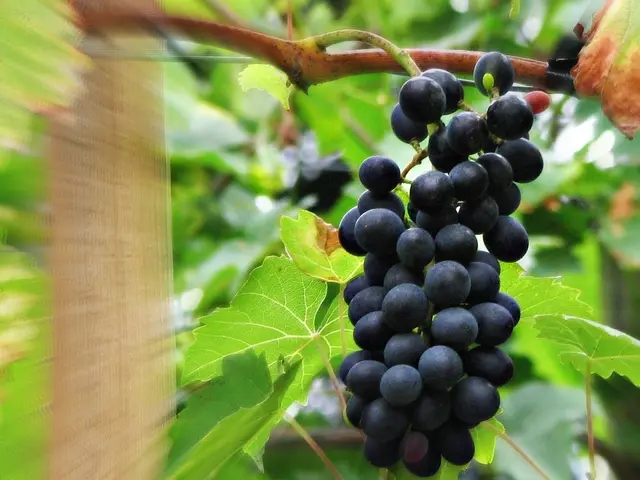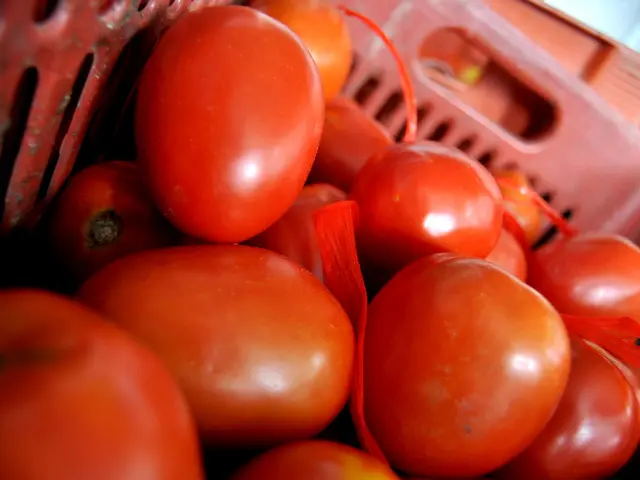Sweet Chestnuts: Germany's Forgotten Staple Makes a Gourmet Comeback
Sweet chestnuts, once a staple for the poor, are making a comeback in kitchens across Germany. These low-calorie, high-nutrient nuts are experiencing a culinary revival, thanks to their unique taste and versatility.
Autumn is the prime season for harvesting sweet chestnuts in Germany, particularly in mild wine-growing regions like Baden-Württemberg and the Palatinate. Locals gather the nuts from the forest floor, where they naturally fall from chestnut trees. These regions boast a favorable climate for growing edible chestnuts, making them the largest and most important harvest areas in the country.
Chestnuts, encased in spiky husks, come in various types. Marrons, a cultivated variety of sweet chestnut, are prized for their sweeter, more intense flavor and easier peel. Unlike horse chestnuts, which are inedible and part of the soapberry family, sweet chestnuts are rich in minerals, trace elements, vitamins, and fiber. They're also gluten-free and provide long-lasting satiety without causing heaviness.
In the kitchen, marrons can be transformed into a decadent dessert purée or a velvety soup. Their scent, which may repel certain spider species, adds an extra dimension to dishes. To cook chestnuts, simply score the shell, boil for 15 minutes, and peel while still warm.
From the 'bread of the poor' to a gourmet ingredient, sweet chestnuts are enjoying a well-deserved comeback. Their nutritional value, unique taste, and versatility make them an excellent addition to any autumn menu. Plus, they support local harvests and provide vital food and habitats for wildlife.







